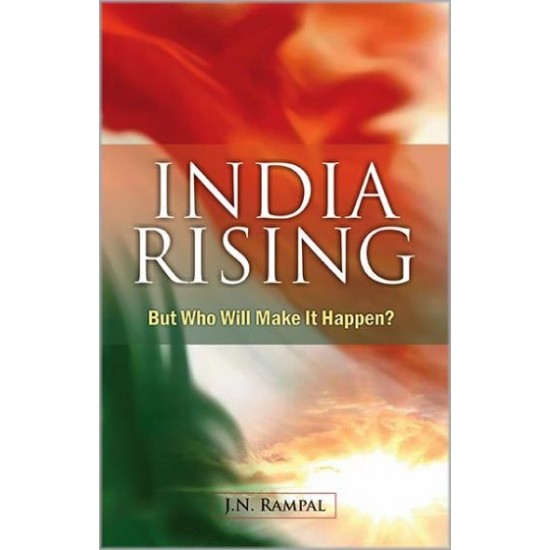
There are predictions everywhere about India’s rise as an economic superpower in the next few decades. International Monetary Fund’s World Economic Outlook (WEO) Database (April 2011) states that Indian economy will grow from US$ 1.54 trillion to US$ 2.78 trillion by 2016. John Humphrey of Institute of Development Studies puts year 2050 size of Indian economy at US$ 27 trillion. An optimistic Citibank study puts the figure at US$ 85 trillion on PPP basis. But the disturbing thought is that India has many times been crowned the highest potential nation in the past, however the promises have fizzled out due to one reason or the other. The economic projections about India’s meteoric rise come with some riders like India must improve its governance and regulatory framework; it must build institutions for finance, education and research; the country must scale up its infrastructure; and introduce economic reforms in right earnest. With these pre-requisites, the fulfillment of predictions about India dominating the world economy in future becomes uncertain. The events that took place in the economic front in India during 2011-12 are not encouraging. The rupee weakened against the US dollar and fell sharply from ` 44 to ` 55; there was a flight of foreign capital invested in India; inflation remained persistently above tolerance level; interest rates were increased several times to curb demand; and industrial production fell to its lowest in many years due to what is termed as ‘policy paralysis’. Notwithstanding, it is believed that India’s long-term growth story is intact. Not only the prevailing economic conditions but also data-sets from official and commercial sources make it impossible for a clear picture of India’s economic rise to emerge. The aim of this book is to answer the pertinent questions relating to India’s economic growth and the predictions of it dominating the world economy. It highlights various advantages that India has in terms of material and human resources that may turn this prediction into reality. It also underscores the fact that the Indians need to put their efforts together, be aware of the range of possibilities, acquire knowledge, skills and contribute meaningfully to make it happen. We need to provide them a panoramic view of India’s growth story and give them a starting point for their exploration. The book concludes that India’s ascent will be possible only if millions of Indians think objectively together and get to the right model for this great endeavour and then go on with it. The book is an attempt to get India’s youth thinking in this direction. It will trigger an objective thinking in the minds of young Indians about India of 2020 and beyond.
| Books Information | |
| Author Name | JN Rampal |
| Condition of Book | Used |
- Stock: In Stock
- Model: sga16701















